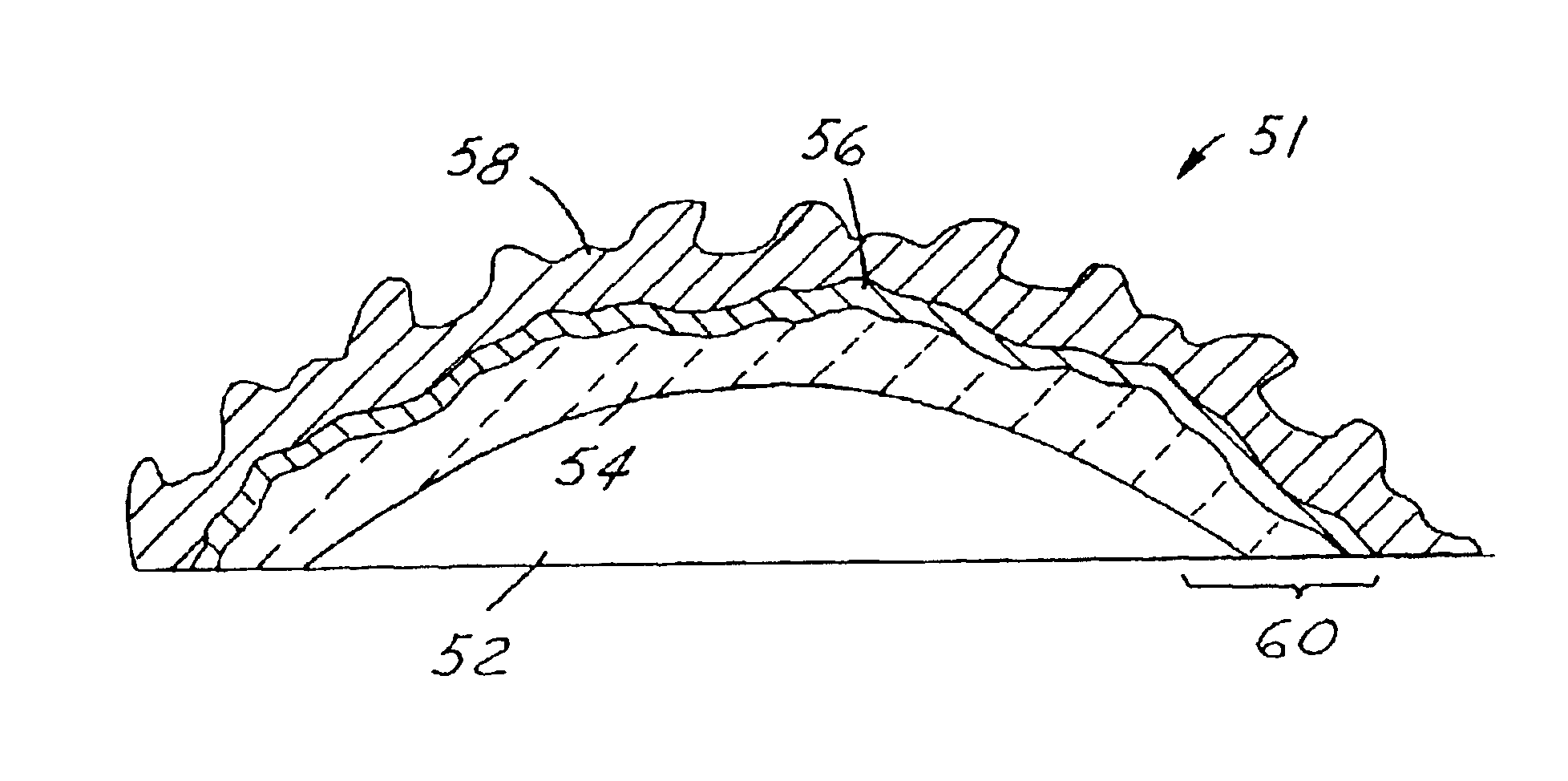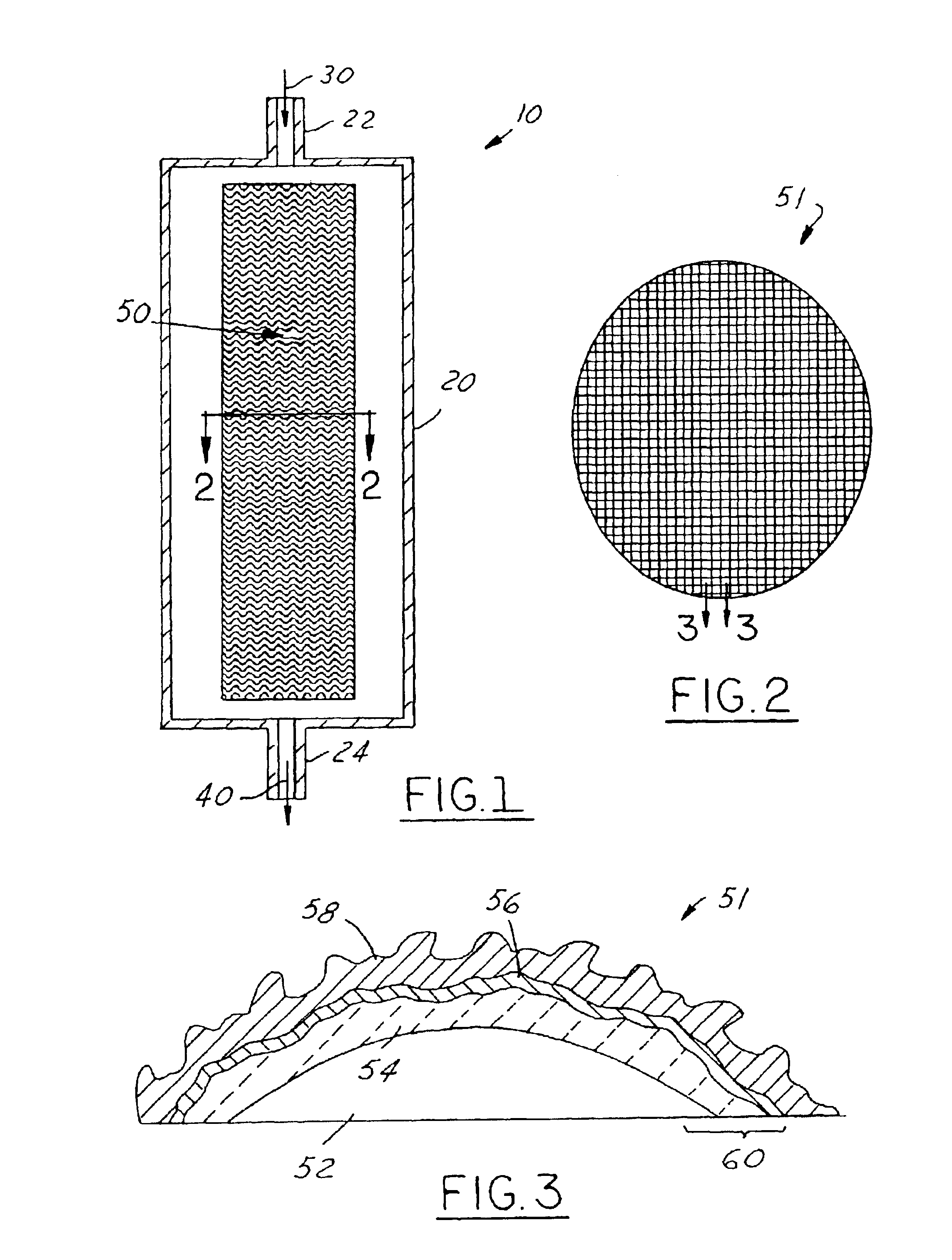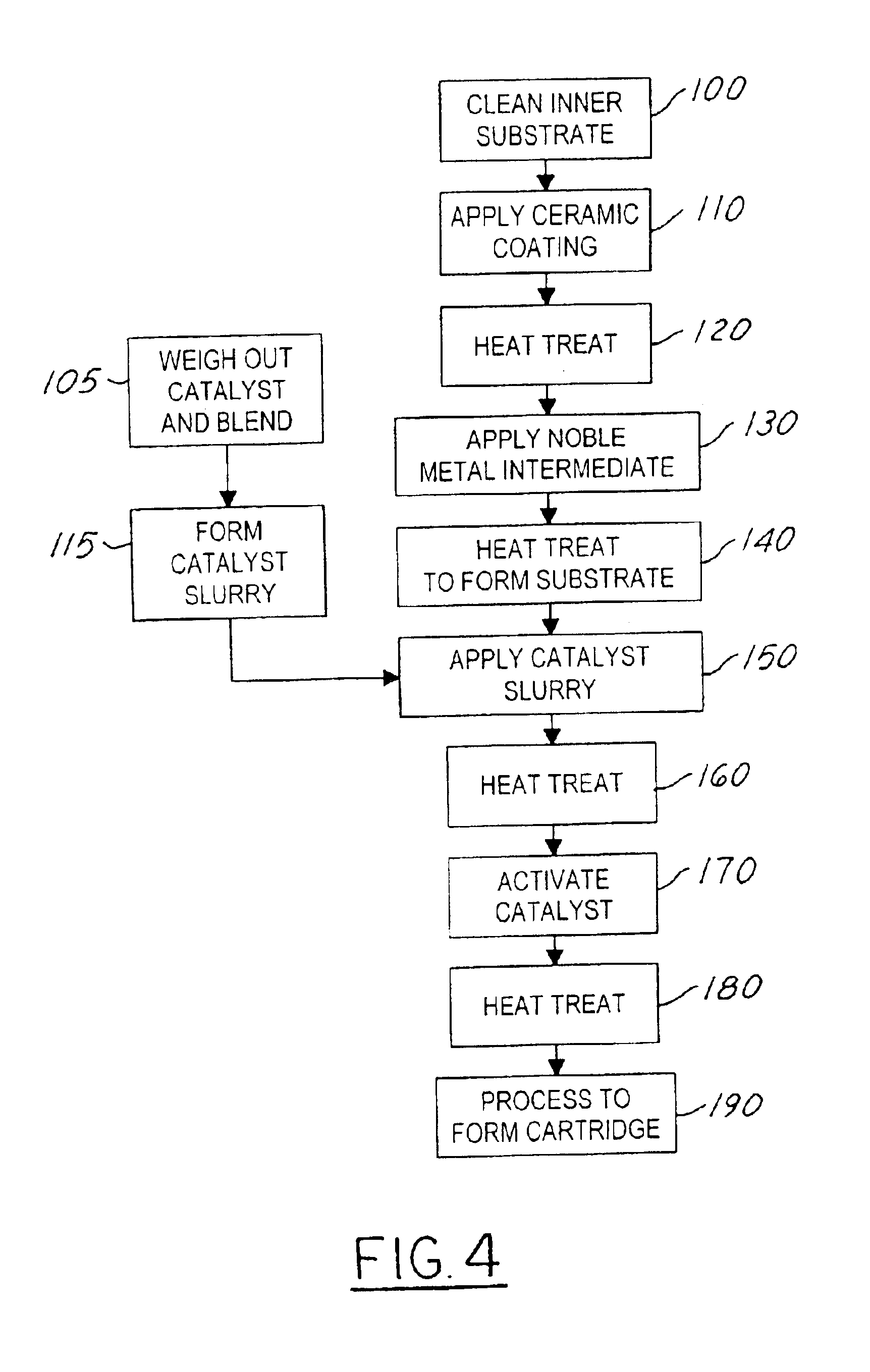High-temperature catalyst for catalytic combustion and decomposition
a high-temperature catalyst and catalyst technology, applied in the field of propellant systems, can solve the problems of catalyst performance limitations in the decomposition of high, low melting temperature, and the melting of conventional catalyst systems currently used to decompose 90% hydrogen peroxid
- Summary
- Abstract
- Description
- Claims
- Application Information
AI Technical Summary
Benefits of technology
Problems solved by technology
Method used
Image
Examples
example
[0047]Catalyst A of the catalyst system Type I was prepared by dry blending 40 grams of silver powder, 16.03 grams of fine alumina powder, 32.04 grams of manganese oxide powder, 9.75 grams of Pyrex glass powder, and 2.18 grams of gold powder in a glass jar. The Catalyst A mixture was blended with a glass stirring rod until the powder mixture had a uniform consistency and color. In a separate container, a mineral oil was added to toluene in a ratio of 10 drops of mineral oil for every 4.5 grams of toluene to form a solvent solution. The blended solvent solution was added to the dry Catalyst A powder mixture to form a slurry. The solvent solution was blended into the Catalyst A powder using a glass stirring rod to ensure full wetting of the powder mixture and uniform consistency. The amount of solution added to the powder mixture was varied to alter the final Catalyst A slurry viscosity and ultimately the thickness of the Catalyst A coating on the substrate.
[0048]In the preferred embo...
PUM
| Property | Measurement | Unit |
|---|---|---|
| Temperature | aaaaa | aaaaa |
| Temperature | aaaaa | aaaaa |
| Temperature | aaaaa | aaaaa |
Abstract
Description
Claims
Application Information
 Login to View More
Login to View More - R&D
- Intellectual Property
- Life Sciences
- Materials
- Tech Scout
- Unparalleled Data Quality
- Higher Quality Content
- 60% Fewer Hallucinations
Browse by: Latest US Patents, China's latest patents, Technical Efficacy Thesaurus, Application Domain, Technology Topic, Popular Technical Reports.
© 2025 PatSnap. All rights reserved.Legal|Privacy policy|Modern Slavery Act Transparency Statement|Sitemap|About US| Contact US: help@patsnap.com



